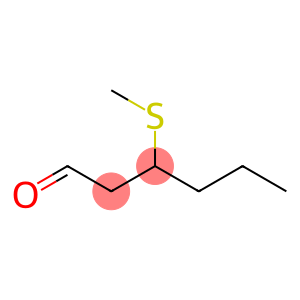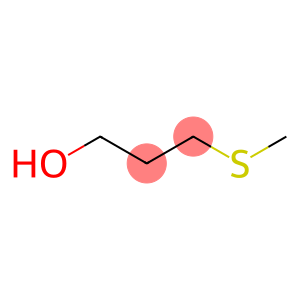Valeric acid(CAS#109-52-4)
| Hazard Symbols | C – Corrosive |
| Risk Codes | R34 – Causes burns R52/53 – Harmful to aquatic organisms, may cause long-term adverse effects in the aquatic environment. |
| Safety Description | S26 – In case of contact with eyes, rinse immediately with plenty of water and seek medical advice. S36 – Wear suitable protective clothing. S45 – In case of accident or if you feel unwell, seek medical advice immediately (show the label whenever possible.) S61 – Avoid release to the environment. Refer to special instructions / safety data sheets. |
| UN IDs | UN 3265 8/PG 3 |
| WGK Germany | 1 |
| RTECS | YV6100000 |
| FLUKA BRAND F CODES | 13 |
| TSCA | Yes |
| HS Code | 29156090 |
| Hazard Class | 8 |
| Packing Group | III |
| Toxicity | LD50 i.v. in mice: 1290 ±53 mg/kg (Or, Wretlind) |
Introduction
N-valeric acid, also known as valeric acid, is an organic compound. The following is an introduction to the properties, uses, preparation methods and safety information of n-valeric acid:
Quality:
N-valeric acid is a colorless liquid with a fruity flavor and is soluble in water.
Use:
N-valeric acid has a variety of uses in industry. One major application is as a solvent in industries such as coatings, dyes, adhesives, etc.
Method:
Valeric acid can be prepared by two common methods. One method is to partially oxidize pentanol and oxygen in the presence of a catalyst to produce n-valeric acid. Another method is to prepare n-valeric acid by oxidizing 1,3-butanediol or 1,4-butanediol with oxygen in the presence of a catalyst.
Safety Information:
Norvaleric acid is a flammable liquid and should be kept away from open flames and heat sources. When handling and using, it is necessary to take necessary protective measures, such as wearing protective glasses, protective gloves and protective clothing. N-valeric acid should also be stored in an airtight container, away from oxidants and dietary items. Care needs to be taken when storing and using to avoid reacting with other chemicals.








